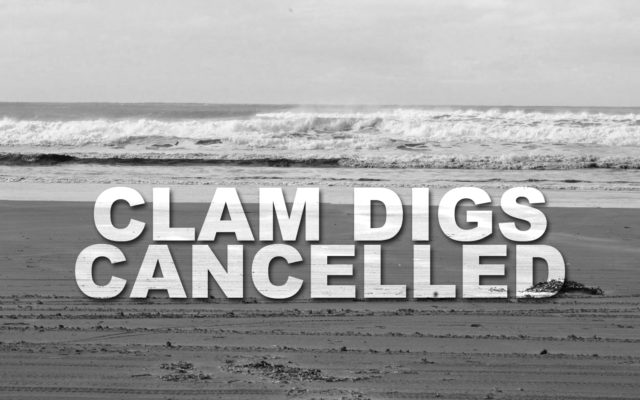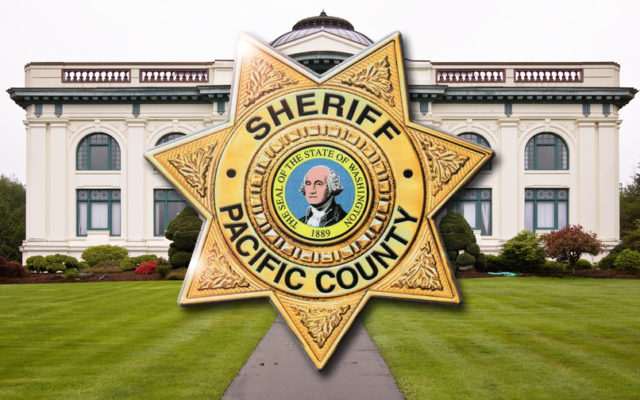December 1-4 razor clam digs cancelled due to marine toxins

Washington’s ocean beaches will remain closed to razor clam harvest until at least December 12 after test results on razor clams dug at Long Beach, Twin Harbors, Mocrocks and Copalis indicate levels of domoic acid that exceed the threshold set by state public health officials for safe consumption.
“While levels remain too high for safe consumption on Washington’s ocean beaches, those levels have declined since the last test, and we hope to see that trend continue to the point where we can open,” said Dan Ayres, coastal shellfish manager with the Washington Department of Fish and Wildlife (WDFW).
Domoic acid, a natural toxin produced by certain types of marine algae, can be harmful or fatal if consumed in sufficient quantities. More information about domoic acid, as well as current levels at ocean beaches, can be found on WDFW’s domoic acid webpage.
Safe consumption thresholds for domoic acid are set by the Washington Department of Health (DOH).
Razor clam diggers have enjoyed more than 80,000 trips and harvested nearly 1.2 million clams in 2020. The department won’t be able to announce if digs scheduled to start December 12 can move forward until marine toxin test results are conducted by DOH in early December.
WDFW Director Kelly Susewind, Regional Director Larry Phillips, Mayor Jerry Phillips of Long Beach and Andi Day, Executive Director of Pacific County Tourism Bureau hosted an online meeting covering razor clamming and other topics yesterday that is now available at WDFW’s YouTube page.
Public health officials will also be closely monitoring the incidence of COVID-19 throughout the digging season, and WDFW will rely on their guidance when making in-season adjustments to the schedule if necessary to reduce public health risks.
WDFW will continue collecting razor clam every two weeks. And with our colleagues in the ORHAB (Olympic Region Harmful Algal Bloom) partnership continue on-going counts of harmful algae cells and the levels of domoic acid present in surf zone water samples.
Listed below are the most recent marine toxin levels, as announced by the Washington Department of Health (WDOH).
Recall, before a beach can be opened for the harvest of razor clams, WDOH protocol requires that all razor clam samples collected from that beach must test under the action level (20 ppm for domoic acid; 80 µg/100g for PSP; and 16 µg/100g for DSP) on both of two required sample collections, that must be spaced 7 to 10 days apart.
Note that in all of these samples; only razor clam meat tissue is tested.
These samples were all collected on 11/16/2020.
Long Beach Area E (north):
- domoic acid = 62 ppm
- PSP = none detected
- DSP = none detected
Twin Harbors Area CL (middle):
- domoic acid = 46 ppm
- PSP = none detected
- DSP = none detected
Copalis Area XL (middle)
- domoic acid = 44 ppm
- PSP = none detected
- DSP = none detected
Mocrocks Area BC (middle)
- domoic acid = 44 ppm
- PSP = none detected
- DSP = none detected
These results and the historical record of domoic acid events can be found at: https://wdfw.wa.gov/fishing/basics/domoic-acid/levels (click on “show historical data”) and then hover your curser over the data points for more detail).
WDFW will continue collecting razor clam every two weeks. And with our colleagues in the ORHAB (Olympic Region Harmful Algal Bloom) partnership continue on-going counts of harmful algae cells and the levels of domoic acid present in surf zone water samples.
You Might Also Like



